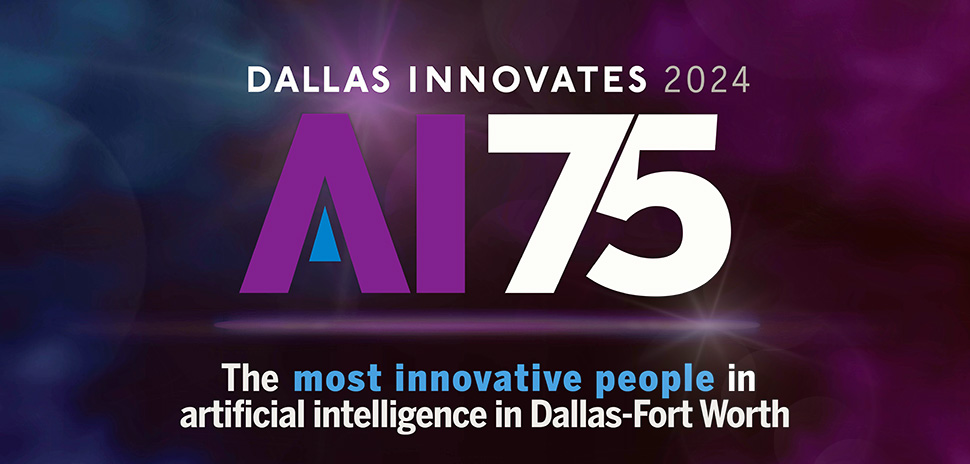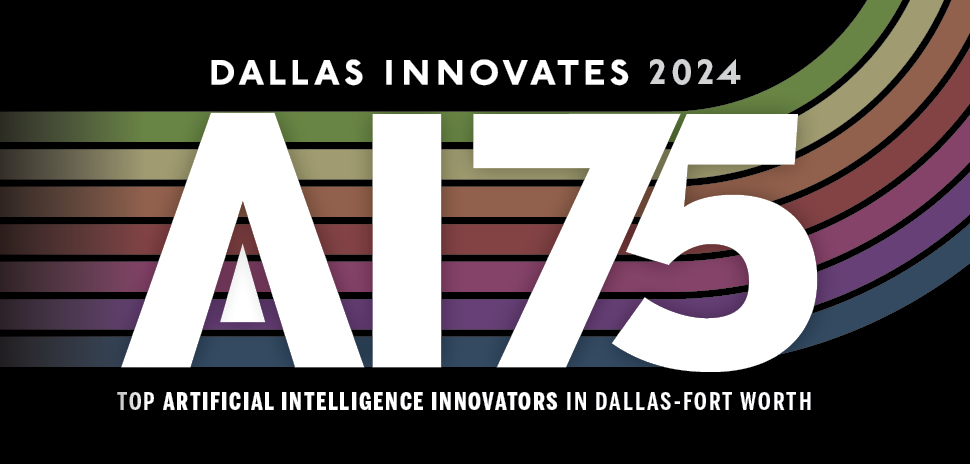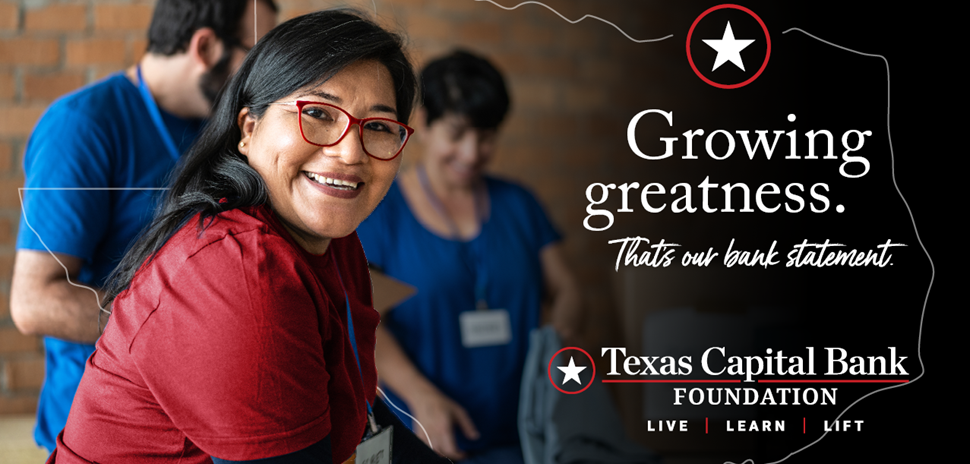UTA just lectured Texas educators about AI, and its Arlington campus hosted the state’s first “Prompt-a-Thon,” drawing academics and tech experts eager to figure out how to use artificial intelligence in the classroom and lab.
Researchers, faculty and educators from higher education institutions and K-12 schools across Texas gathered at the University of Texas at Arlington in late May for an invitation-only event co-hosted by tech giant Microsoft and UT Arlington’s Office of Research, Innovation and Information Technology.
Jeremy Forsberg, UTA vice chancellor for research and innovation, called the Prompt-A-Thon “an important step toward promoting AI literacy across multiple universities and establishing UTA as a pioneer in the use of AI in the state.” He added in a news release that it was “a fantastic opportunity for educators and researchers to learn, grow and apply their AI skills in a collaborative environment.”
Microsoft General Manager Tony Prince kicked off the event with a keynote address, while experts MJ Jabeur, Chief Innovation Officer, Microsoft Education, and Rob Curtin, Director, Worldwide Higher Education, Microsoft, shared real-world applications of AI tools in learning and research in sessions such as “Prompt Engineering for Mortals.” Attendees engaged in lively discussions in breakout sessions to fine-tune their approaches to leveraging AI in research, operations and instruction.
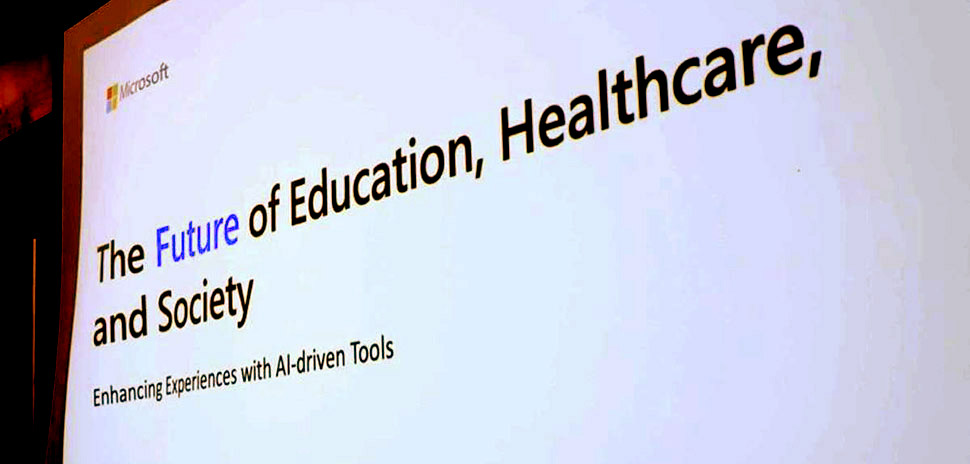
Utilizing AI in education and research
“The Prompt-A-Thon was a unique platform that brought together academia and industry to explore the potential of generative AI,” Lee Pierce, director of planning and management for UTA’s Information Technology Office, said in a statement. “The goal was not just to understand AI, but to harness its power to drive innovation and research.”
Beyond hosting the state’s first Microsoft Prompt-a-Thon, UTA is breaking new ground: The school is pioneering an AI-certified “train the trainer” program to help faculty and staff expand their AI knowledge, Pierce said.
These “tiger teams” are now ready to help other companies adopt AI to improve efficiency, according to the university.
In the race to become a better AI expert, UTA hopes that empowering its talent will help put Texas, and the nation, in the lead. Committed to ethical and responsible use, the university hopes to improve America’s competitiveness by providing cutting-edge AI tools to students and faculty, preparing them to become the next generation of technology pioneers.
Benefits of Machine Learning
UTA’s AI ambitions extend to the future of healthcare and scientific research around the world. The university is pushing the boundaries of machine learning research, recently achieving breakthroughs that could change people’s lives. A new ML technique promises to be 30% more effective at predicting cancer survival rates, and another tool aims to forecast the progression of Alzheimer’s disease, offering hope to patients and families as they plan for the future.
“I’m impressed by the power of AI in research and administration,” said UTA’s Forsberg, adding that he’s excited to see so many researchers and educators “come together to learn and embrace these new tools.”
Co-leader of the “Tiger Team” and early adopter of AI
Peggy Semingson, a UTA powerhouse who was riding the AI wave before it became a tsunami, sees today’s AI-savvy students as tomorrow’s innovation leaders.
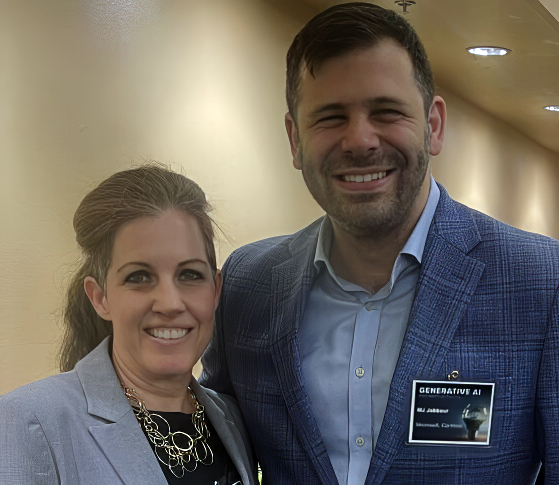
Peggy Semingson of UTA and Michael J. Jabbour of Microsoft Education participated in the Prompt-a-thon. [Courtesy photo]
The associate professor of TESOL (Teaching English to Non-Native Speakers) was part of the “Tiger Team” and co-led a session on education and AI prompts.
Professor Semingson’s awards speak volumes about this pioneering professor, including the President’s Award for Transformative Online Teaching and the USDLA Best Practices Award for Excellence in Distance Education in 2019. As chair of the UTA Academy of Distinguished Faculty and an EDUCAUSE Ambassador, she is a go-to guru for introducing cutting-edge research and resources to her colleagues.
Describing the event on LinkedIn, Semingson said the “pioneering all-day Generative AI Prompt-a-thon with Microsoft/Microsoft Education” was insightful. The morning featured background and lessons on the big picture of AI and its current and future impacts on policy, education, health and more, followed by hands-on exploration sessions in the afternoon.
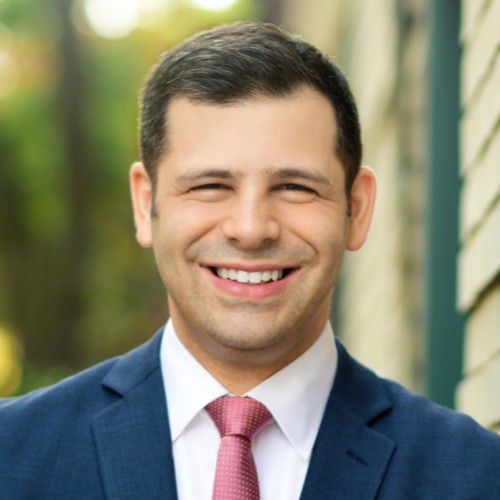
Michael J. Jabbour, Chief Innovation Officer, Education – Microsoft
But it was Microsoft’s chief innovation officer Jabeur’s comment that resonated most with Semingson: “It will be difficult to predict the impact of AI on a three- to five-year trajectory,” she paraphrased.
This insight was a call to action: “We need to do everything we can now to increase AI literacy as much as possible across our faculty and students to prepare for current and upcoming changes in automation and the workforce, and to prepare students to work with AI, not against it.”
Practical Breakouts
Semingson shared insight into the practical aspects of the Prompt-A-Thon and offered a glimpse into the collaborative process that drove the event’s success.
“The group worked well together using the prompts as a guide, but also interacted and brainstormed to determine the best approach to guide the AI prompts using Microsoft Co-Pilot AI,” Semingson told Dallas Innovates.
The prompts came from “tiger teams” – small groups divided into education, operations, and research subgroups – who created scenarios and questions that would spark collaborative problem-solving using AI tools.
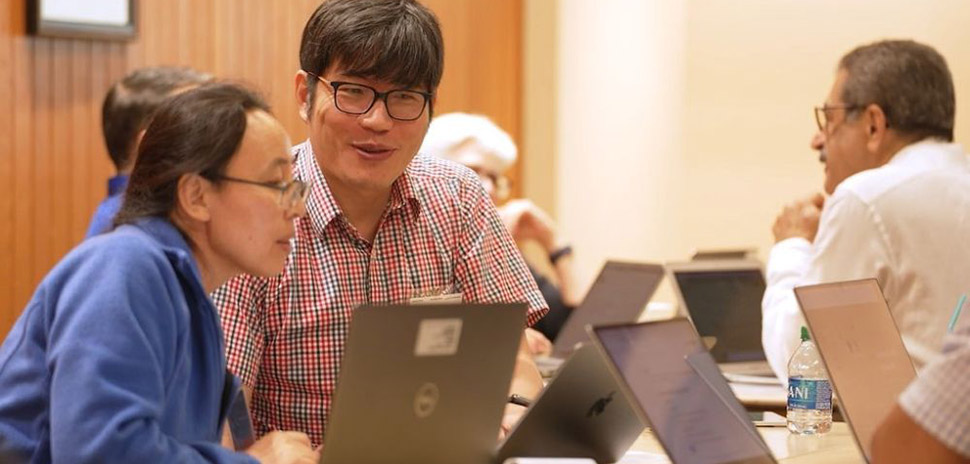
[Photo: UTA]
A series of examples from the Education Subcommittee demonstrates a practical approach.
Instructions
Your group will choose one of three scenarios: After selecting a scenario, they will work towards completing tasks. Each scenario also includes sample prompts to help you get started with Copilot.
Once the group has selected a prompt, do the following:
- (5-8 minutes) Ideation: Each person will generate some ideas and share them with the group.
- (10-15 minutes) Co-design: Come together as a group to determine how you will approach accomplishing the tasks in your chosen scenario. Work together towards an end product.
- (8-10 minutes) Presentation: Create a presentation to showcase your final deliverable. Use your preferred collaborative medium. Aim for a 2-3 minute presentation.
Remember, this process can be done with Copilot wherever possible – your group can organize their work however they like (paper, shared digital documents, online collaborative boards, etc.).
scenario
- Scenario A: A professor is preparing a lesson plan on a complex, technical topic and wants to make it more engaging and understandable for students. Come up with a lesson plan that will generate interest and ensure understanding. (60 minutes of class time in-person, virtual, or hybrid)
Sample prompt: “I am teaching a 60-minute lesson on __________ to college students. Can you help me make the lesson more engaging for students taking the class online?”
- Scenario B: Your department/team frequently holds Lunch and Learn sessions but you’ve noticed that the sessions are not as productive or engaging as you hoped. Brainstorm ideas on how to improve the Lunch and Learn experience and enhance learning for participants. (60-minute lunches that can be held in person or virtually)
Sample prompt: “I need five ideas for ways to increase group engagement and learning during a lunch-and-learn session on the topic _________.” - Scenario C: The university is planning to hold an “Outdoor Learning Week” event. Students are encouraged to hold at least one class for each course outdoors. Plan creative lesson plans that incorporate outdoor learning (60-minute classes in person, virtually, or hybrid).
Sample prompt: “Suggest some psychology class assignments that utilize the outdoor environment for your university’s Outdoor Learning Week event.”
Semingson said scenario-based learning is more than just an academic exercise, and he believes the impact of Prompt-A-Thon will reach far beyond the walls of campus.
“UTA faculty are incorporating principles learned at Prompt-A-Thon events into their academic courses, but they’re not just teaching; they’re shaping the workforce of the future,” Semingson explains. In her view, UTA’s efforts are creating a pipeline of talent ready to tackle the ever-changing demands of an AI-enabled business world.
![]()
Get on the list.
Dallas continues to innovate every day.
Sign up for your daily dose of what’s new and happening in Dallas-Fort Worth.


